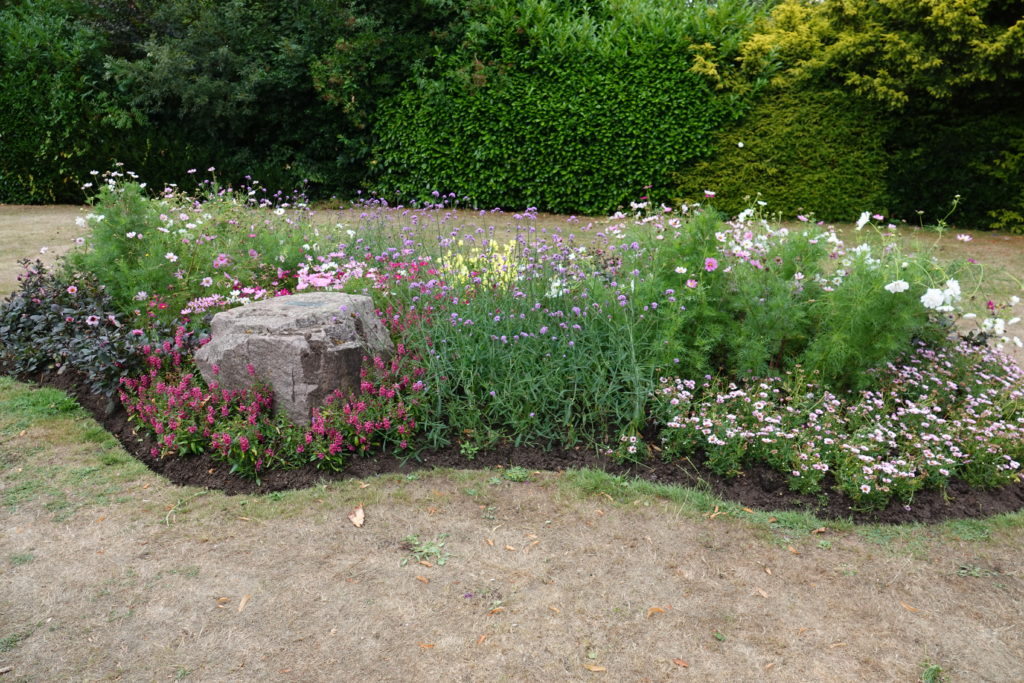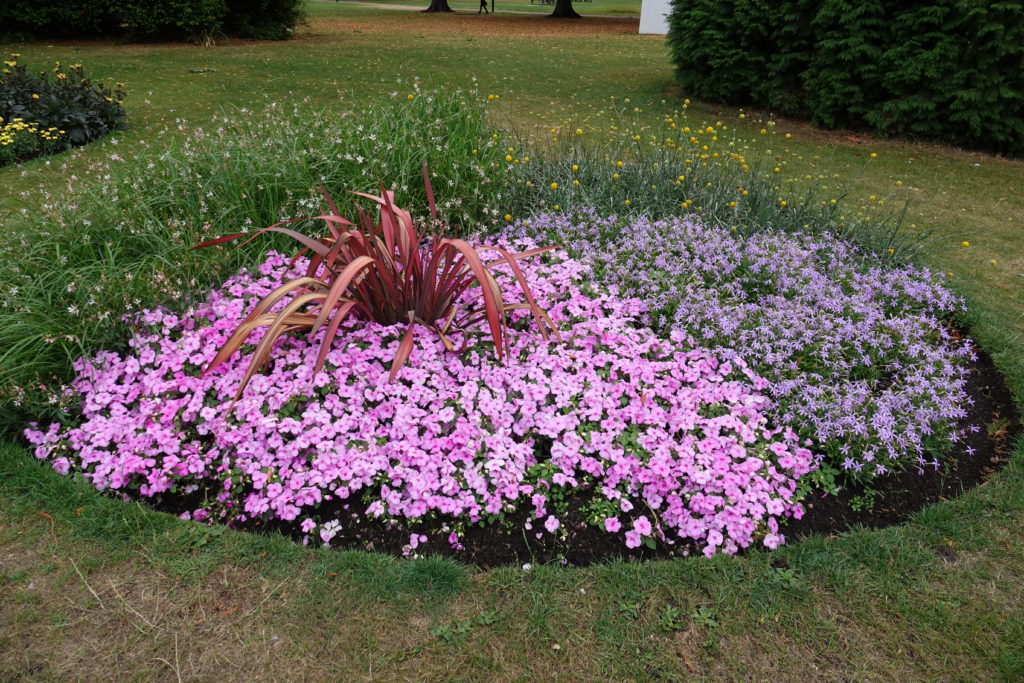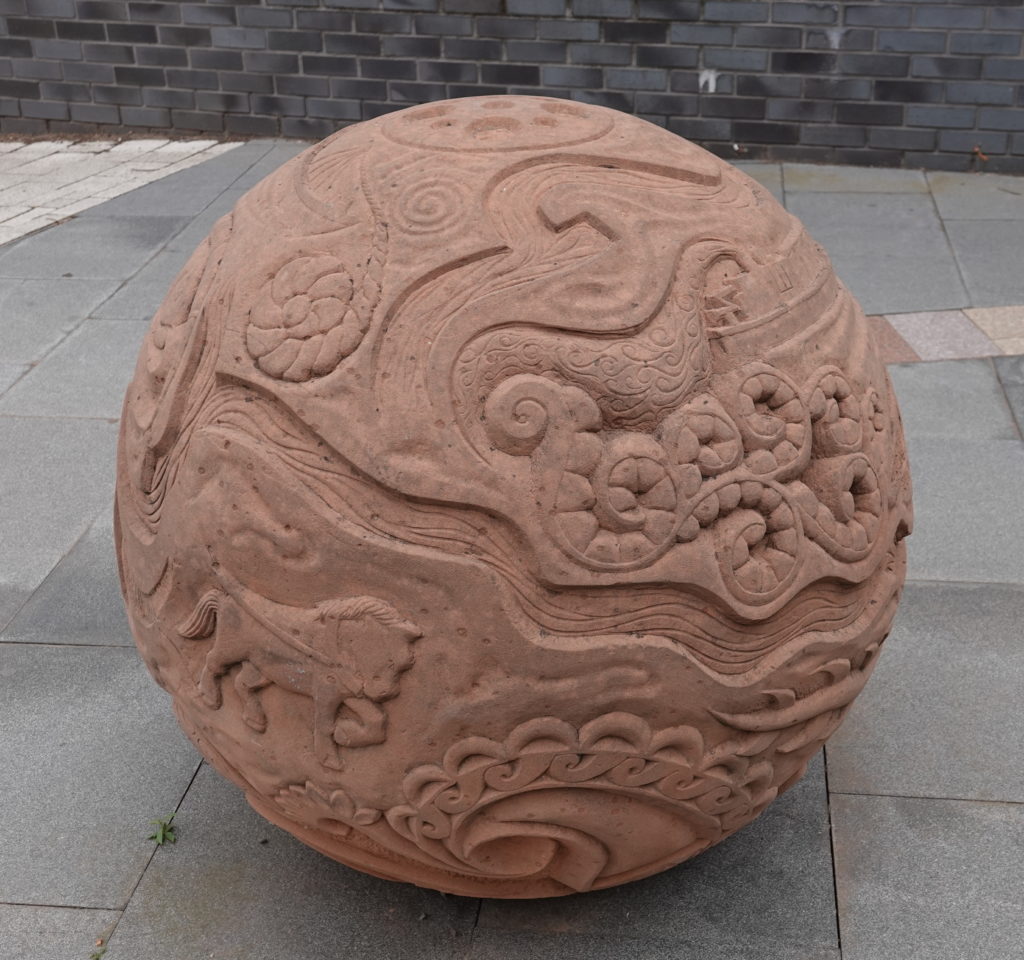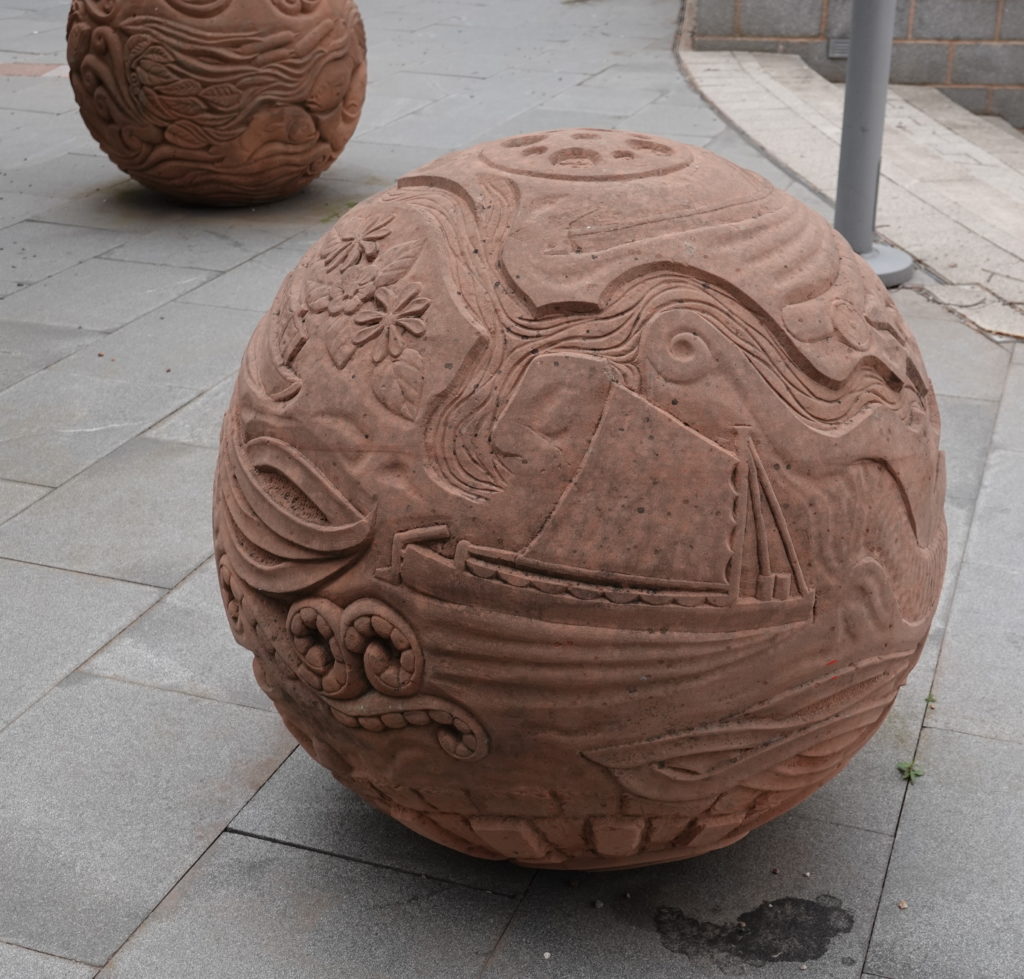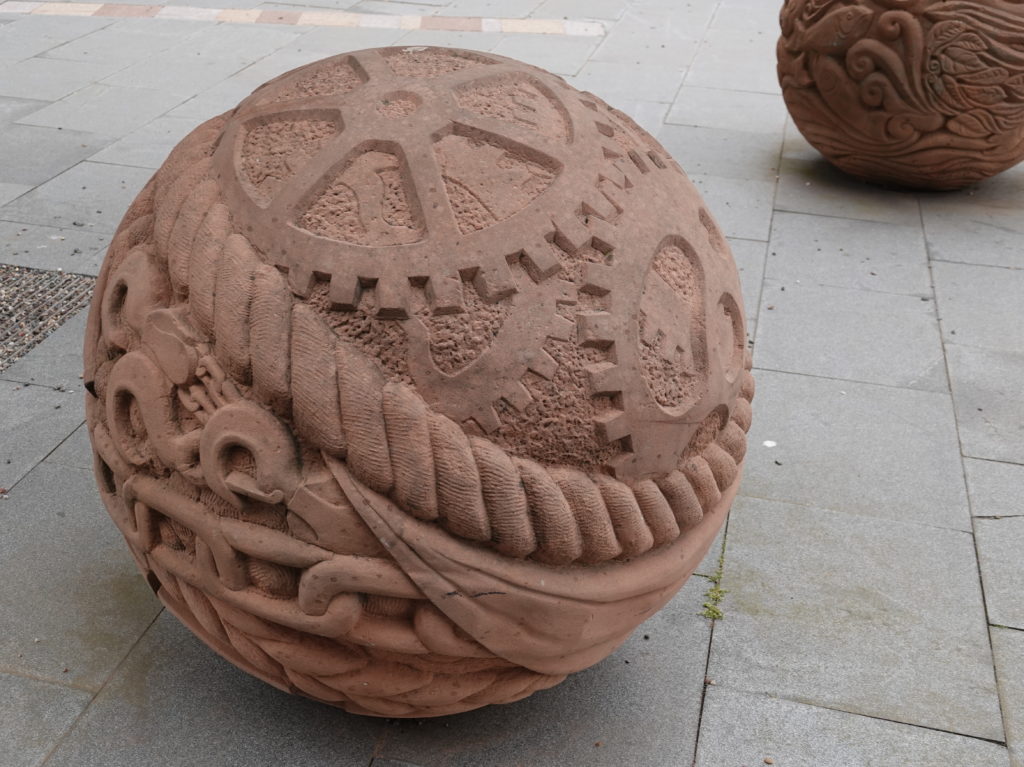A brief history of tourism
It takes a certain level of economic activity to generate tourists. Someone has to be wealthy enough to travel for the sake of it, rather than the usual reasons of trade, famine, or running away from secret police. In the 17th and 18th centuries, the upper classes in the UK were wealthy enough to take “The Grand Tour”, to study Classical and Renaissance art in the museums, mansions, and palaces of France and Italy. They returned with exotic paintings, sculpture, and venereal diseases.
In the 19th century that changed, as steamships and railway trains made travel less expensive, and leisure travel became available to the new middle class created by the industrial revolution. The industrial revolution was based on economies of scale, and one man did more any anyone else to apply the economies of scale to leisure travel as well as manufacturing: Thomas Cook. Cook and his descendants facilitated cheap travel by negotiating deals with railways, hotels, and restaurants. They organized group tours, or provided tourists with coupons that could be exchanged for travel, food, lodging, and even foreign currency. But that vast business had to start somewhere. The very first Cook’s Tour was a trip Thomas Cook organized in 1841 for five hundred people to travel by rail from Leicester to a temperance rally in Loughborough. It cost a shilling (that’s five pence in modern currency, three groats in medieval coinage, or twelve denarii to the Romans.) They were there and back in one day, whereas it has taken us two days to get from Leicester to Loughborough by canal. I can sort of see how the railways won.
So what does Loughborough have to offer to the modern day tourist?
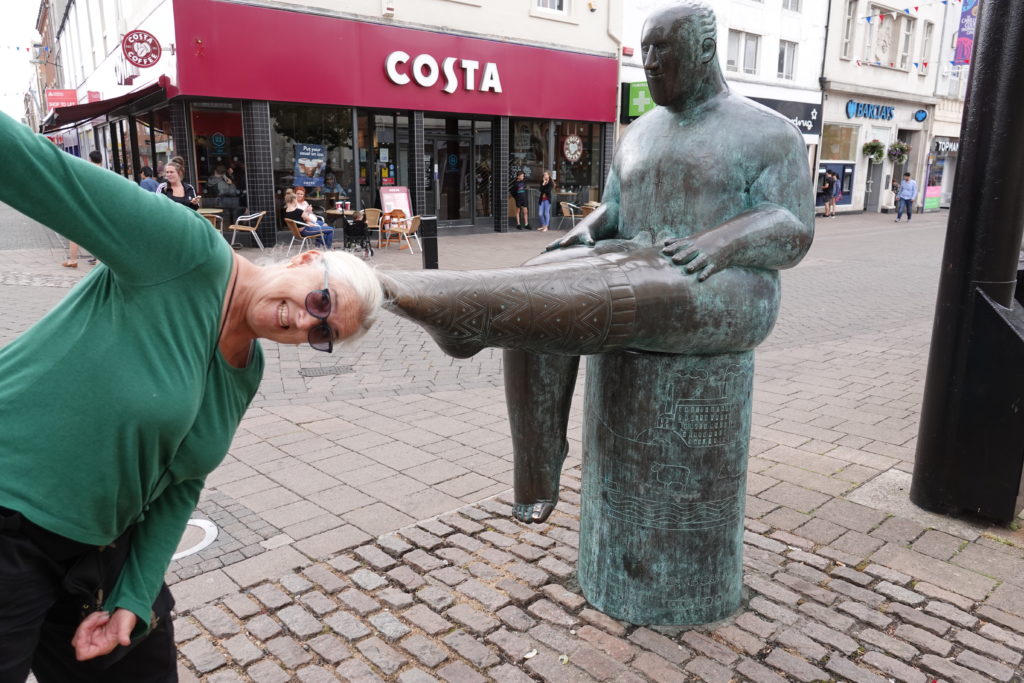
This sculpture is called The Sock. Although you may at first glance think that this says all you really need to wear in central Loughborough is one sock and a fig leaf, in fact the meaning of art can be hidden. Look closer. The unisock man is just a distraction. The real meaning of the work is in the carving on the plinth.

That’s right, it’s people on a narrowboat spotting the first cows of the day.
Speaking of cattle:
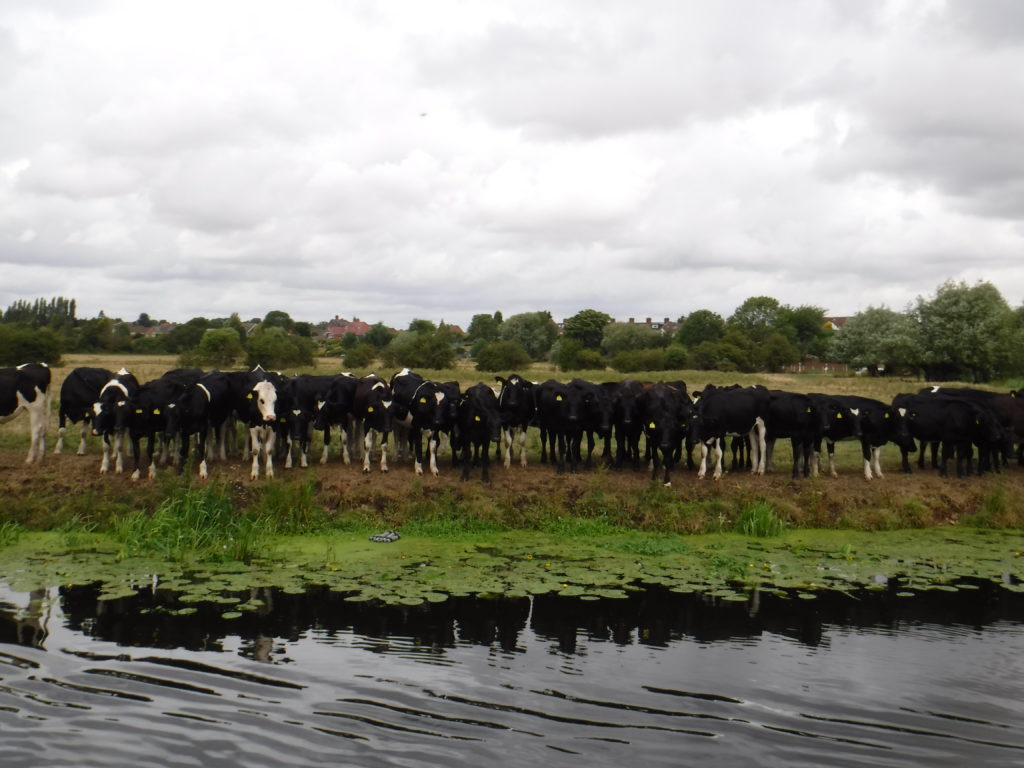
Any second now somebody is going to yell “Stampede!” and we’re all dead.
We’ve been in Leicestershire for a week or more, and nobody has tried to sell us any Red Leicester cheese. It must be all for the export market to Birmingham where they don’t make cheese. People here in Leicestershire have to make do with bootleg Cheddar smuggled in from Canada.
But I digress. Back to tourism. Loughborough has the one remaining bell foundry in the country. They do tours but are only doing one this week and it’s fully booked. Still you could at least go and look at the bells they made for the War Memorial Carillon…

… if it wasn’t closed for repair.
Queen’s Park, which housed the Carillon, also had a maze with a swan in the middle of it.

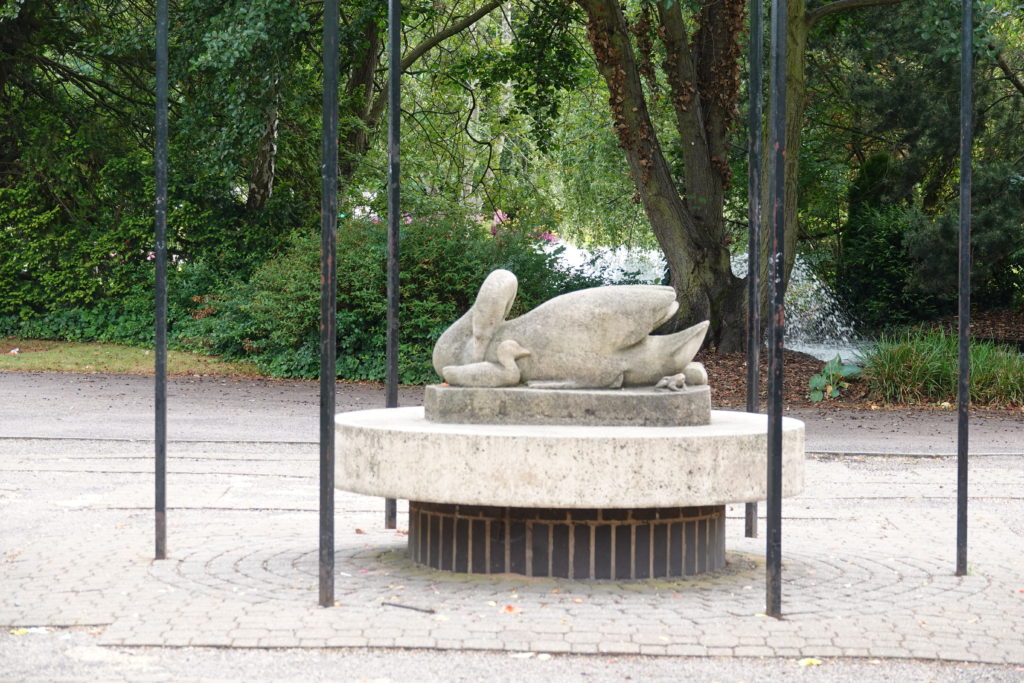
Silly maze designer. That maze is not going to keep a swan trapped. Don’t you know they can fly?
There are some nice flowers in the park.
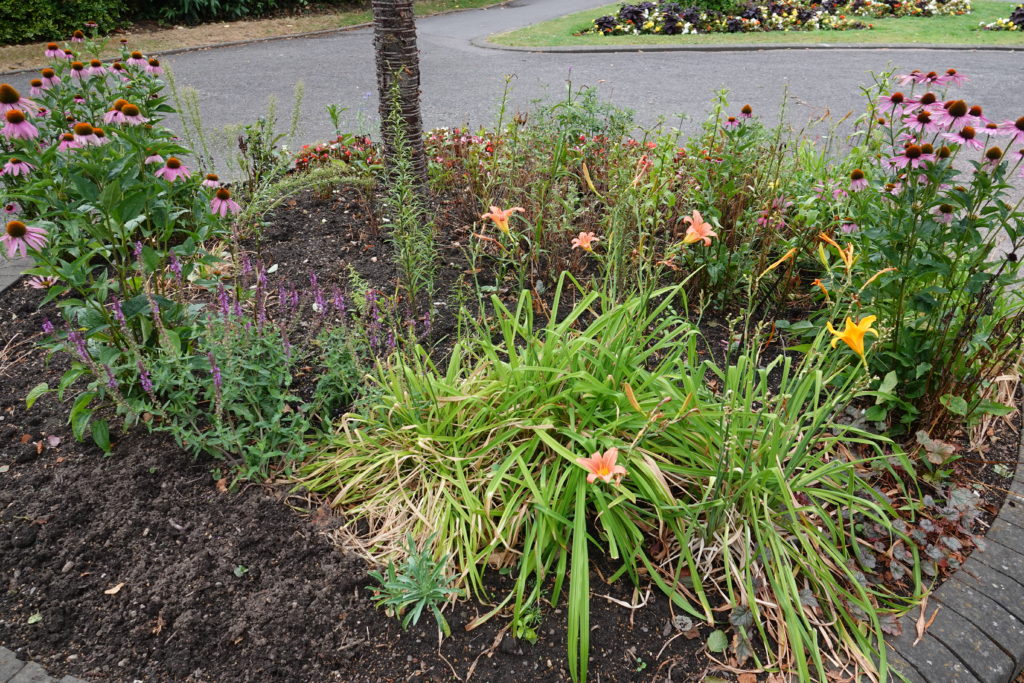
Back on the streets there is a plaque to commemorate the hundredth anniversary of a zeppelin attack…
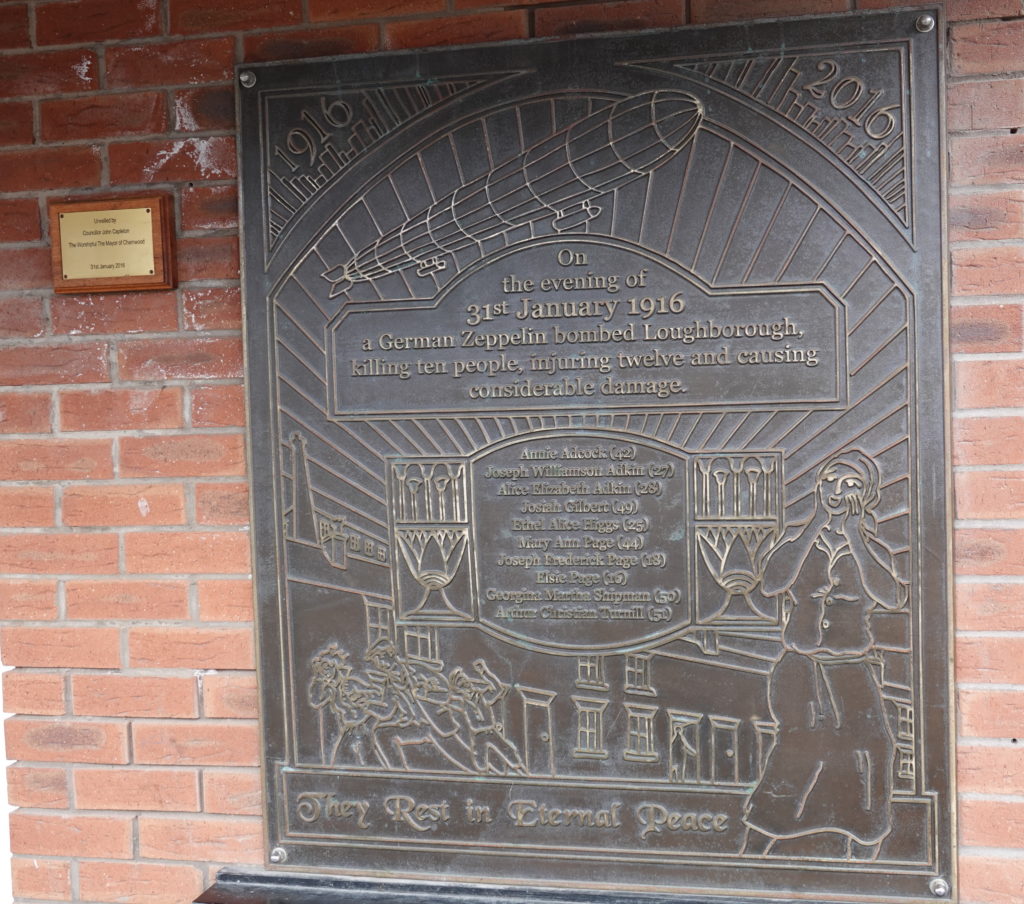
… and another one for the best decorated street for the coronation in 1953.
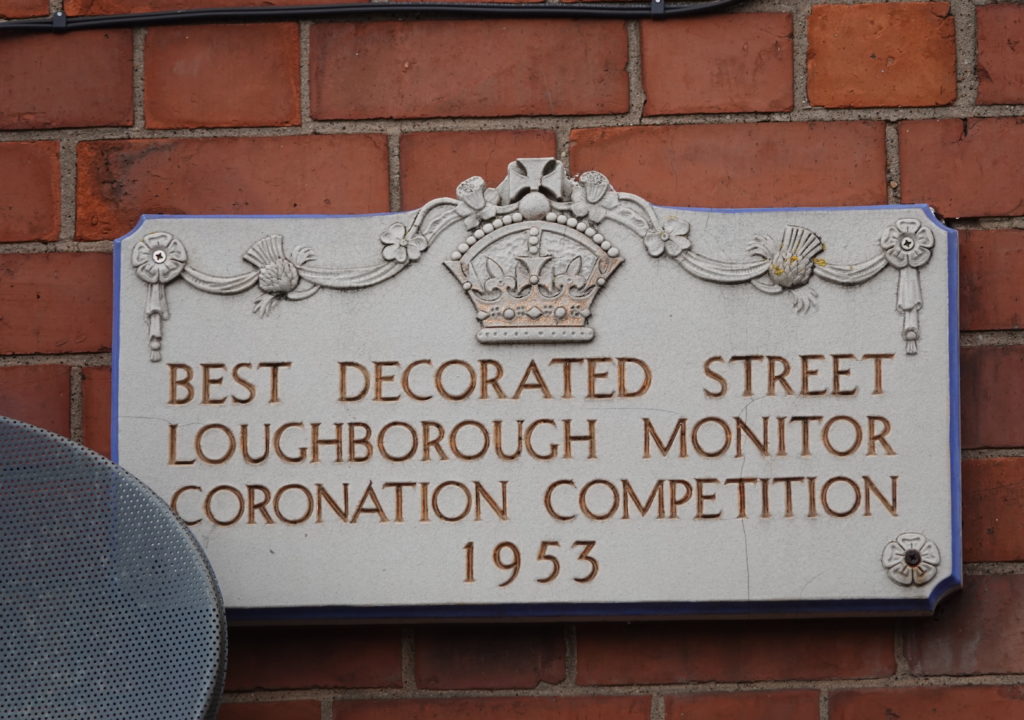
Disappointingly, they have taken the decorations down.

Down by the canal basin someone had been playing a game of giant marbles.

Well, that was just a short look at what awaits the unwary tourist in Loughborough. More tomorrow.

